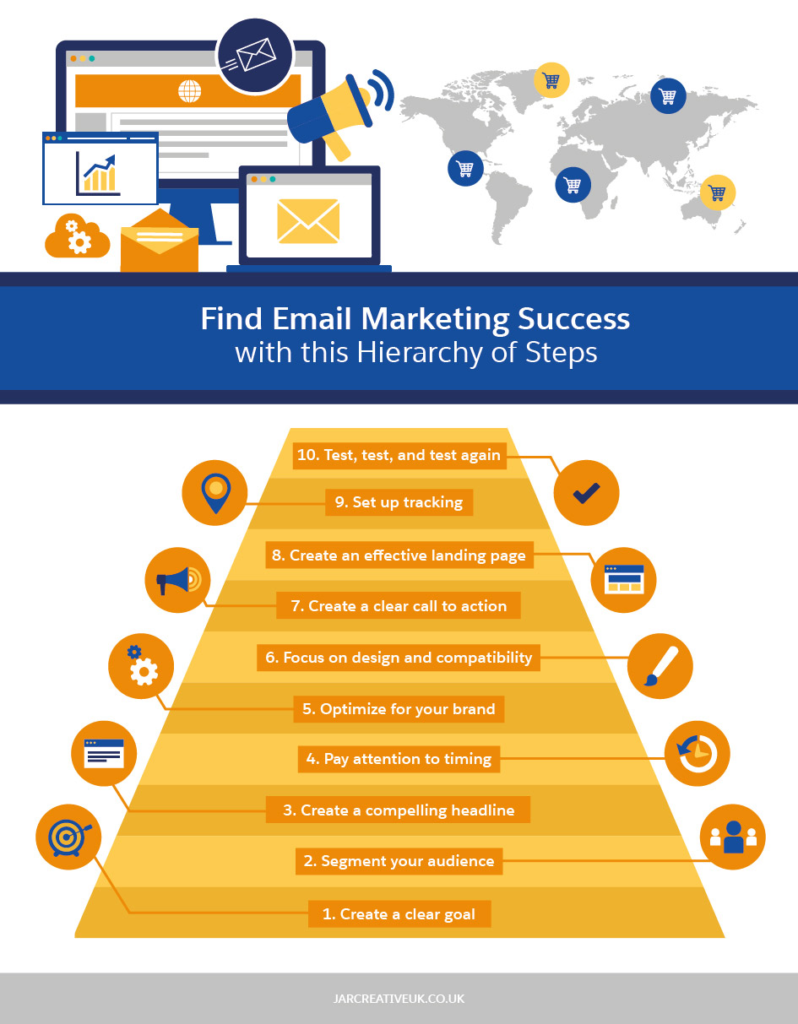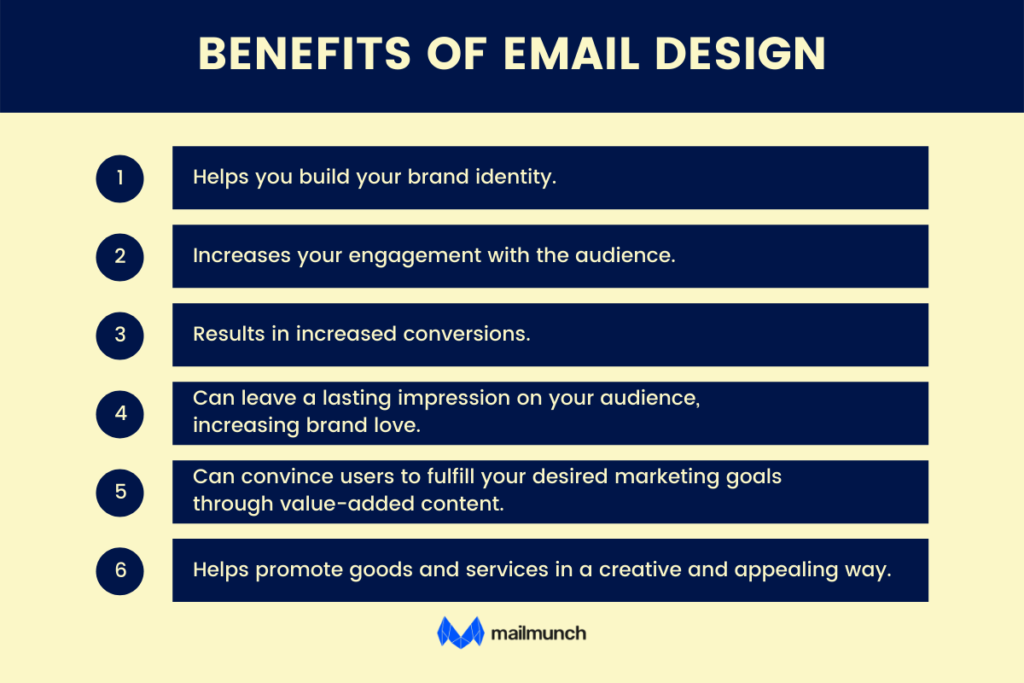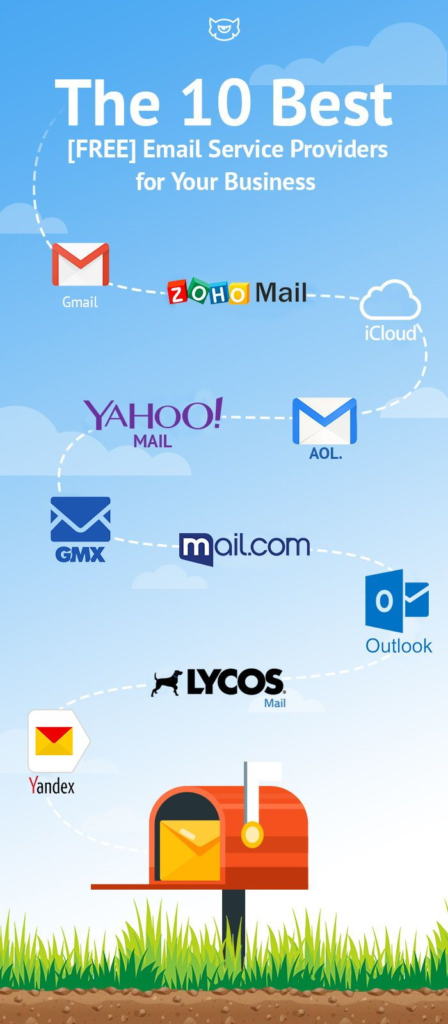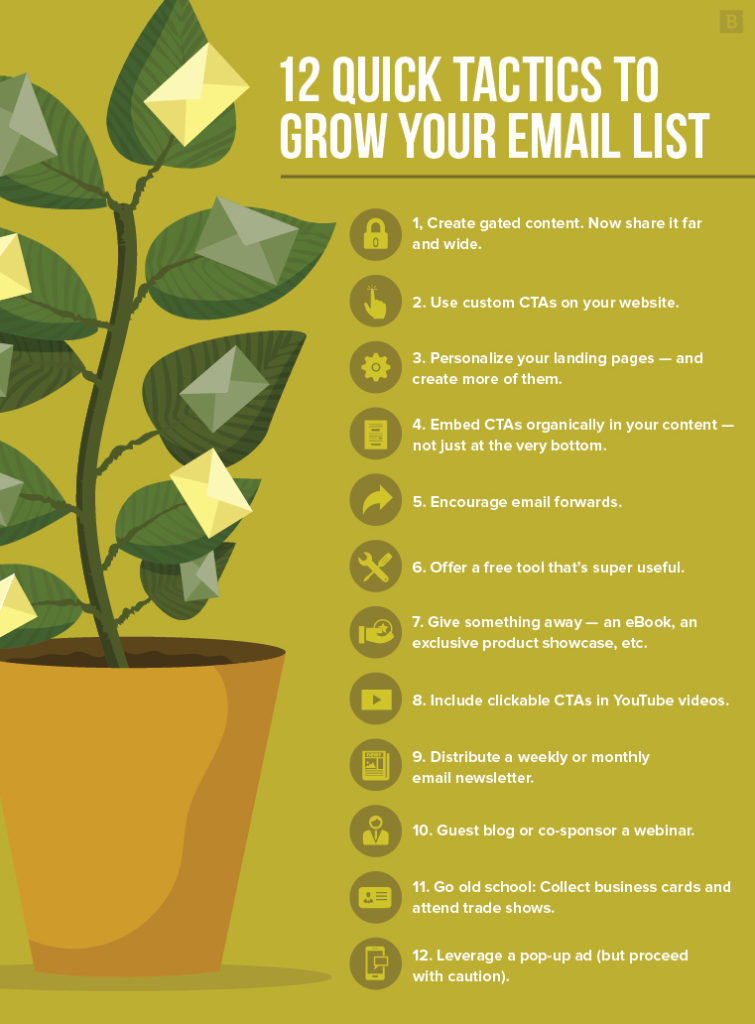A Guide to Build the Right Email Marketing Campaign Budget

Table of Contents
- Why is an Email Marketing Campaign Necessary?
- How to Build the Perfect Campaign
- Various Components of an Email Campaign Budget
- How To Plan A Budget
- How To Know if Your Campaign is a Success
Building a budget for your email marketing campaign is crucial in scaling your business. The number of global email users has grown exponentially and is set to be at 4.4 billion in 2023.
Despite newer forms of innovative social media technologies, email is here to stay. And as a business owner, it is imperative that an email marketing campaign is used not only for lead generation and maintaining the relevance of the business in the customers’ eyes but also to collect data and build a goldmine.
Why is an Email Marketing Campaign Necessary?
An email marketing campaign is a targeted marketing strategy that uses customers’ interests in a product and business to keep them updated and enticed. This list is usually organically grown and consists of subscribers who have voluntarily chosen to opt-in to receive your emails.

From a marketing perspective, the return on investment on an email marketing campaign is extremely high. According to research, an email marketing campaign can bring you up to $38 for every dollar you have invested.
How to Build the Perfect Campaign
One has to keep in mind a few things for a successful email strategy campaign. Many mid-size businesses hire an agency to perform these tasks for them, but if you are looking to self-manage this business, here are a few things you will have to keep in mind:
1. Have a goal
Before planning your budget and your campaign, be sure to set a target that will help you stay on course. Planning a budget can be a huge task and investment, and without a clear strategy, you may spend more than desired. Some pointers for the end goals are,
- Lead generation to bring in as many conversions as possible from the email marketing campaign.
- Generate an email list that can last for a long time.
- Improve email CTR
- Develop scaling up strategy
- Increase open rates

2. Nail your email design
Having a well-defined, tested template can make your job far easier than coming up with a new one every time. However, make sure that the template works for you and decide whether you would rather invest in custom email designs.
While finalizing a template, start with the end goal and what you hope to achieve from it. The template has to be high-performing and engaging and work on all devices. The email should be able to elicit a response from the customers, be it subscribing or buying a product, or simply giving you some clicks.

Based on these, you will be able to decide how much money is required to design your email. Agencies usually charge a flat or an hourly rate for helping you design an email template and integrate these designs into your email service provider.
3. Accuracy of your email list
While the list of subscribers to your email is organic and dependent on people voluntarily giving you their information, many accounts may be inactive. This can affect the results of your email marketing campaign to show a poor or a successful false rate, despite pouring money into it.
You must be careful of such accounts and remove them at regular intervals. Doing so will ensure that you are getting the most of your money’s worth and need not shell out more money. There are tools available to perform such tasks, and depending on your volume, requirement, and budget, you may invest in them accordingly.

Various Components of an Email Campaign Budget
1. Campaign performance reporting and analytics
This metric allows you to know whether your campaign is working or not and is an essential component of your investment. Analyzing the results from your email campaigns will help you make better and more informed business decisions.
It will also tell you how well your email marketing campaign is performing and whether you need to make any changes to the existing strategy, helping you save money instead of wasting it on a strategy that doesn’t seem to be working.
Having these statistics at the tip of your fingers can give your business the edge it requires to be the success it is meant to be.
2. Service provider
Efficiency in your email marketing campaign is critical. And this includes being tech-savvy. An email service provider or ESP is a service that you must use to be able to send your customers targeted emails within the niche you have created.
An ESP ensures the efficient delivery of emails and provides you with actionable results. You might wonder why email delivery is so crucial—any ESP can do that. But it has been noted that most problems with this kind of campaign are due to deliverability. A suitable ESP can help you avoid issues by providing you with a well-monitored IP address list.

Depending on your requirements, the email platform you choose will be the most important component of your investment. An ESP that allows an email sunsetting strategy and removes dormant or inactive subscribers is highly recommended.
Conduct thorough research, and choose the best options available to you. Many platforms even provide a free trial. Some of the recommended platforms are,
- AWeber
- Campaign Monitor
- WooCommerce
These platforms have their own USPs like robust templates and data integration techniques, customizations, and result trackers. Choose wisely!
3. Creativity tools
While technology definitely makes your job easier, not everything can be automated. The emails that customers receive should be engaging and creative, and for that, you will require writers who can write such email copies based on your requirements.
Machines cannot make customers understand your brand or its appeal. You need young and talented writers who understand the market and customer psychology and how to use it effectively in an email marketing campaign.
From the subject lines to a captivating content body, know what your business needs and hire talent that can deliver on it. While this can be done in-house, it requires dedicated work and can take a lot of time trying to find the perfect variation that works for the business.
A business leader might be better off having writers who are well-versed with the subject to do the job to save you money in the long term and time in the short term.

How To Plan a Budget
1. Set a target
First and foremost, figure out how much you can invest and the value you gain from it. Setting upper limits can help you stay on the course and get what you want to put into it.
2. Previous calendar gains
Keep in mind your earnings for the previous calendar year. Before carrying out a budgetary plan, make sure that an email marketing campaign is financially prudent for you and your business.
3. Analyze your potential
It might be helpful to analyze some crucial data as follows:
- How many people open the email
- How many people click on your links
- Which emails get the most views
- The timing of the email based on high performativity
- When people are most likely to open your email
- How many subscribers you are likely to get from a single campaign
- The number of people buying your advertised products
- The average revenue per campaign, per subscriber
- How many are converting into actual leads
- Average ROI on the campaign
All of this crucial information will help calculate the budget for your campaign.
4. Make your budget work for you.
Your business plans must align with your budget strategy. Both of these can seem like the opposite ends of the rope. All of us have heard the saying that to make money, you need money.
But that may not necessarily be true. How much you are willing to put in can be used smartly and effectively to bring the most to you. Unless you align both your business plan and your budget, you might not be able to make the best of your investment.
Budget and marketing cannot be seen from two different perspectives and by different departments for an email marketing campaign. A target strategy and some critical queries like the impact of these tactics, the time they require, how to measure them, and which strategy is most effective under what budget are incredibly crucial.
How To Know if Your Campaign is a Success
Analyzing and measuring your success is extremely important to your email marketing strategy to ensure that you’re getting a return on investment that you are satisfied with. You can do this by using metrics. To calculate the success percentage, divide these by the number of emails sent and multiply by 100.
Open rate
This refers to the percentage of recipients who open your email. Even if 99% of your subscribers check their email daily, getting them to open your email and treat it as any promotional email is challenging.

So calculating the number of people who found your subject interesting to open is essential. Also, weed out the emails that bounced back and clear out your email list accordingly.
CTR
The click-through rate is the percentage of recipients who interacted with the link mentioned inside your email. These are referred to as unique clicks.

Conversion rate
This refers to the percentage of recipients who did what you intended for them to do. Be it participating in a poll or buying the advertised product. These will help make important business and marketing decisions.

List growth rate
This refers to how much your subscriber list is growing. It indicates brand penetration and growth. By using this metric, you can adjust your content marketing strategy accordingly to meet the needs and demands of the new subscribers.

Unsubscribe rate
You must look at the negatives and positives of the campaign. Pay attention to the subscribers that you are losing. The main reason for a high unsubscribe rate is that your readers aren’t getting much value from your messages. It is indicative that your business needs more research due to the disconnect between the audience and your message.

Parting Words
There is never a one-shoe-fits-all solution for business. History has shown us that creativity and a challenge to the norm can bring huge success. Don’t be afraid to disrupt if you are feeling confident about your product, business, and the value it can bring to a customer.
The above parameters can be used as stepping stones to build a foundation that best suits your business. An email marketing campaign can be a beneficial marketing strategy if used after doing the proper market research and choosing the right pathways that work for your business.
Setting aside the right budget is crucial for it to be a financially viable endeavor. It can massively help in scaling your business, taking into account direct customer interactions and opinions.

Key Takeaways
- Plan your budget in advance
- Do sufficient market research to scoop out viable information
- Make use of technology for business development
- Analyze your results to make smarter business decisions
- Hire agencies to do the work in time-consuming places and out of your scope of knowledge.
FAQs
It varies from business to business, but ideally, a total of 16% of your entire marketing budget can be allocated to email marketing.
You can choose from a wide range of templates available freely online. A reusable one-off template may satisfy your needs or you can also invest in agencies that custom make templates for your specific needs.
While you may be very good at taking business decisions, these strategies require a level of market understanding and competence, knowledge of tools and technology that may not be available in-house. Hiring an agency can bring you customised opinions and dedicated efforts to bring you the most on your investment.
– Per day expenditure
– Number of subscribers
– Satisfied clients and their likelihood to recommend you
– The email automation tool and the obstacles that you may face
– The remaining capital.
Calculate the cost of what you need. It is easy to get swayed by the market and opt for tools that are beyond your needs and your budget. Stick to your target goal and play within the budget you can afford. There are plenty options available!
Latest Blogs
Learn how to rank on AI search engines like ChatGPT, Perplexity, and Gemini by optimizing your content for authority, structure, and relevance. Stay ahead in AI-driven search with this strategic guide.
Explore the best healthcare SEO services for your medical practice. Improve online visibility and effectively reach more patients in need of your services.
Discover top social media agencies specializing in banking solutions, enhancing financial services and driving engagement.
Get your hands on the latest news!
Similar Posts

Email Marketing
6 mins read
11 Tips to Design Impactful Email Banners

Design
9 mins read
7 Benefits of a Simple Mailer Design

Email Marketing
7 mins read